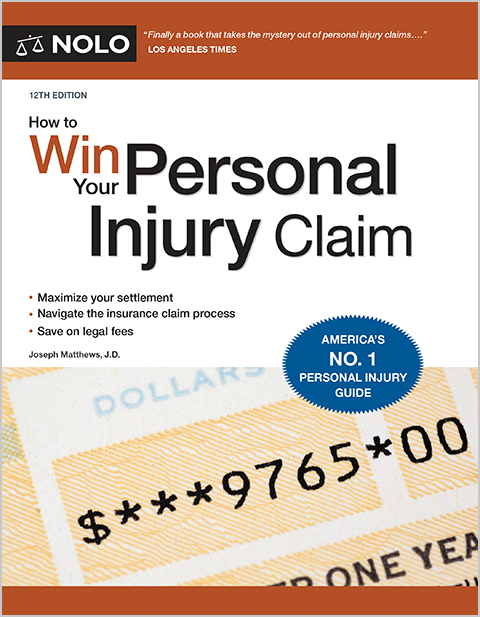Virginia limits or “caps” the amount of compensation an injured patient can receive in a medical malpractice case.
Like dozens of other states, Virginia has a statute that places a limit or "cap" on the amount of compensation a plaintiff can receive in a medical malpractice case.
The controversial impact of these laws is that, even where an injured patient makes a successful case for a health care provider's malpractice—and a jury finds in the patient's favor—there is a limit on the actual amount of compensation ("damages") the patient can be awarded.
Virginia Caps Both Economic and Non-Economic Damages in Malpractice Cases
In a medical malpractice case, the plaintiff seeks compensation for the losses they've suffered as a result of the carelessness of a doctor or other health care provider. In legal terms, this compensation is called "damages." Damages generally fall into one of two categories:
- economic damages like medical bills or lost wages, and
- non-economic damages like physical and mental pain and suffering, the inability to pursue hobbies and other activities, and "loss of enjoyment" of life.
Many states put a limit on the amount of non-economic damages a plaintiff can receive. Virginia is unusual in that its medical malpractice cap applies to both economic and non-economic damages.
(Va. Code § 8.01-581.15 (2025).)
Yearly Increases to Virginia's Medical Malpractice Damages Cap
The amount of Virginia's medical malpractice damage cap is set to gradually increase for several years. The cap for recent and upcoming years is:
- July 1, 2022, through June 30, 2023: $2.55 million
- July 1, 2023, through June 30, 2024: $2.60 million
- July 1, 2024, through June 30, 2025: $2.65 million
- July 1, 2025, through June 30, 2026: $2.70 million
- July 1, 2026, through June 30, 2027: $2.75 million
Keep in mind that these limits apply based on when the plaintiff is injured—not on when the case is filed or a verdict is reached. So, for example, if you were injured in late 2024 then the $2.65 cap applies to your malpractice case—even if your trial won't begin until late 2025 or even later.
These increases will stop on July 31, 2031, when the cap reaches $3 million.
(Va. Code § 8.01-581.15 (2025).)
Virginia's Separate Limit on Punitive Damages
In addition to economic and non-economic damages, in rare cases a plaintiff may also receive so-called "punitive" damages.
Punitive damages serve a different purpose than other kinds of damages. Economic and non-economic damages compensate the plaintiff for the harm they've suffered. Punitive damages, on the other hand, are intended to punish defendants whose behavior was particularly reckless or malicious (and to deter others from behaving the same way).
Virginia's medical malpractice damages cap applies to all of a plaintiff's damages. So, it indirectly limits punitive damages by restricting them to whatever amount is left over after economic and non-economic damages have been determined.
But Virginia also has a law that applies specifically to punitive damages in personal injury cases (including medical malpractice cases). Under this law, an award of punitive damages can't be more than $350,000. Even if there are multiple defendants, the combined amount of punitive damages can't exceed the $350,000 limit.
(Va. Code § 8.01-38.1 (2025).)
What's Next?
If you're thinking about taking legal action over harm caused by a health care provider's mistake in Virginia, one of your first steps is making sure you understand and follow Virginia's statute of limitations for medical malpractice lawsuits. And for information that's tailored to your situation, it might make sense to reach out to an experienced medical malpractice lawyer in Virginia.


